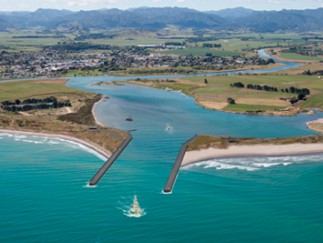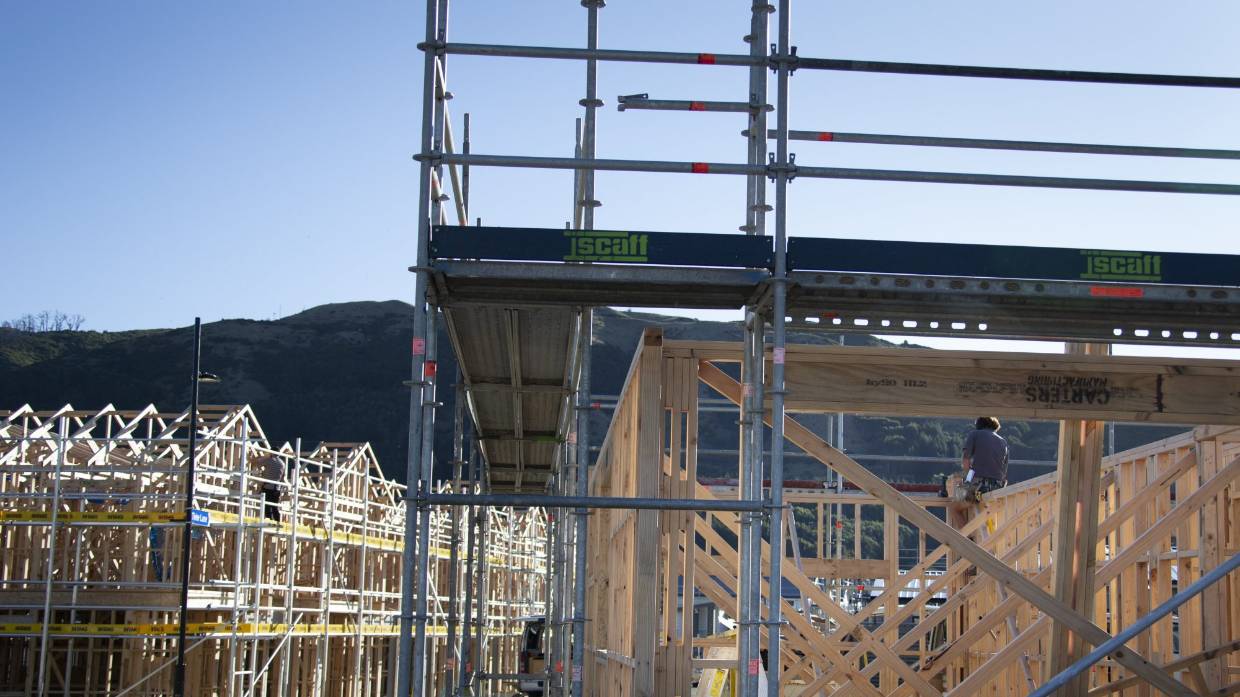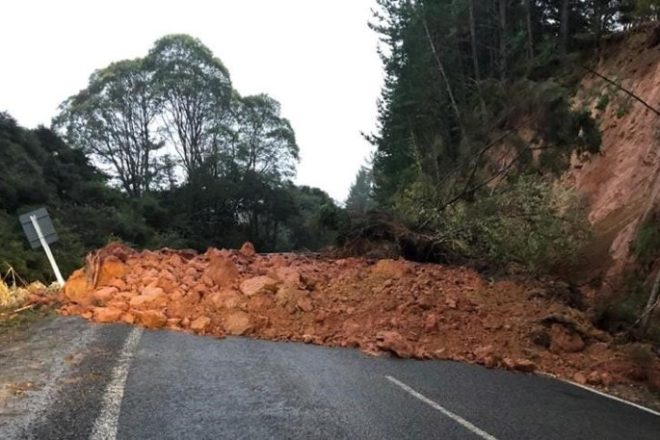This game-changing project will revitalise the township of Ōpōtiki and the wider Eastern Bay of Plenty, creating hundreds of jobs and unlocking new aquaculture industries.
The funding is part of the $12 billion New Zealand Upgrade programme which was announced in January and is possible because of the work of the Provincial Development Unit.
Ōpōtiki Harbour has been in the pipeline for such a long time with successive governments unable to make the project stack up. With the full attention of officials from the Provincial Development Unit, including engineer Rosie Mercer from the Fund’s Independent Advisory Panel, we have developed a concept that is fit-for-purpose yet affordable.
Building a new harbour to support the growth of aquaculture is the biggest transformational investment the Provincial Growth Fund has made to date and will unlock the largest economic development opportunities in the region.
World demand for sustainable seafood is increasing rapidly and large scale aquaculture requires a safe, accessible harbour for harvesting produce and servicing boats. Today’s announcement will provide safe access for more boats into the harbour allowing Ōpōtiki to become a major servicing base for aquaculture and other marine related industries.
The new harbour will enable significant aquaculture initiatives in the region to get underway, which includes mussel farming. This will be the catalyst for private investment in marine related industries, wharves and a residential development.
The project is expected to create around 1,850 jobs, including over 730 in Ōpōtiki. Around 200 jobs will be created during the building phase through work on the harbour construction. Direct employment in Ōpōtiki longer term will be driven by work on sea farm servicing vessels, production staff in processing facilities and support staff in the aquaculture industry.
Given Ōpōtiki has one of the country’s highest levels of social and economic deprivation, with low household incomes, high unemployment and below average educational outcomes, new employment in town will make a big impact on wellbeing and social participation.
The Ōpōtiki District Council’s economic modelling conservatively predicts the harbour development will produce $132 million in economic benefits for New Zealand. The overall cost of the project is $99.4 million with the Bay of Plenty Regional Council committing $20 million to it.
The lack of an improved harbour has been the greatest hindrance to economic growth in the Eastern Bay of Plenty region and this initiative has been a priority for Ōpōtiki for some decades.
The investment is closely aligned with the Government’s strategy to grow the aquaculture industry to $3 billion by 2035.
A new harbour in Ōpōtiki is critical infrastructure that will enable aquaculture growth and help realise meaningful jobs, wellbeing and prosperity for the people of the region
A previous PGF application to redevelop the Ōpōtiki Harbour for $144 million was declined by Ministers in May 2018 due to its high cost and low returns. The revised business case was able to demonstrate lower costs and a broader range of benefits.


























































